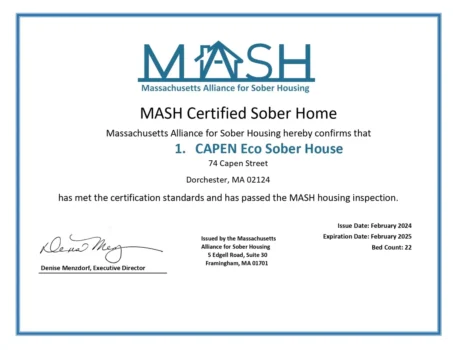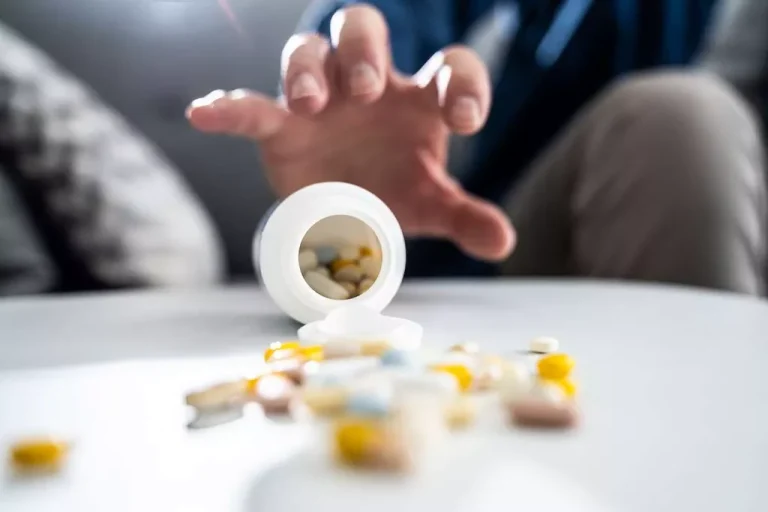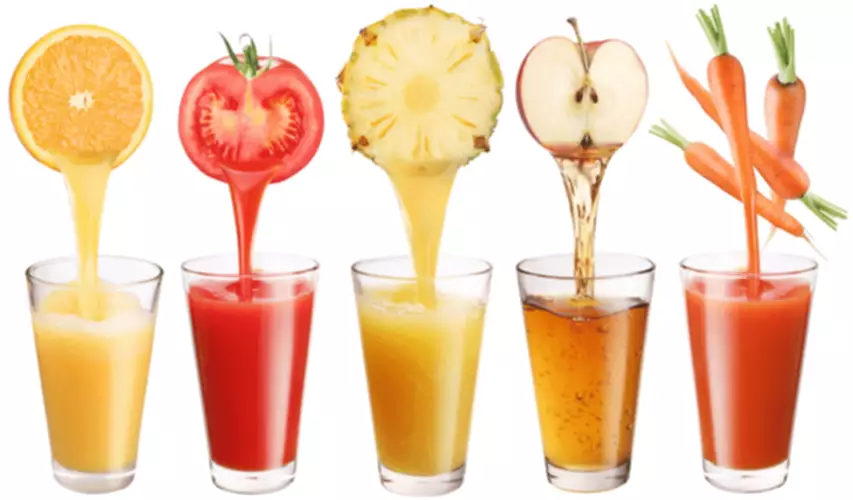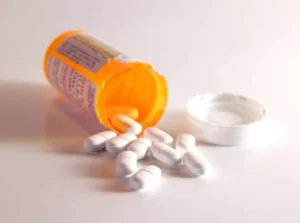
You can prevent alcohol use disorder by limiting or reducing your alcohol intake. See your doctor if you begin to engage in behaviors that are signs of alcohol use disorder or if you think that you may have a problem with alcohol. You should also consider attending a local AA meeting or participating in a self-help program such as Women for Sobriety. You may need to seek treatment at an inpatient facility if your addiction to alcohol is severe. These facilities will provide you with 24-hour care as you withdraw from alcohol and recover from your addiction.

Causes of Alcohol Use Disorder
If you or a loved one is ready to overcome an alcohol addiction, reach out today. Treatment providers can connect you with programs that provide the tools to help you get and stay sober. alcoholism If you or a loved one are seeking help for alcoholism, there is help available. In some people, the initial reaction may feel like an increase in energy. But as you continue to drink, you become drowsy and have less control over your actions. Alcohol use disorder can include periods of being drunk (alcohol intoxication) and symptoms of withdrawal.
Short-Term Effects of Alcohol on the Brain
- Triggers become engrained in addiction, so it’s valuable to recognize these cues, avoid them, and replace them with new behaviors, such as calling a sponsor or loved one when craving alcohol, which can help avoid a relapse.
- A third definition, behavioral in nature, defines alcoholism as a disorder in which alcohol assumes marked salience in the individual’s life and in which the individual experiences a loss of control over its desired use.
- But the experience of pleasure is relative; it hinges in part on biology and very much on what else there is going on in a persons life that is meaningful or rewarding.
- The results showed – when other factors like genes and income were accounted for – no causal link between drinking coffee during pregnancy and a child’s neurodevelopmental difficulties.
Because denial is common, you may feel like you don’t have a problem with drinking. You might not recognize how much you drink or how many problems in your life are related to alcohol use. Listen to relatives, friends or co-workers when they ask you to examine your drinking habits or to seek help. Consider talking with someone who has had a problem with drinking but has stopped. We were able to look at causality through this method of adjusting for potential confounding factors in the environment (the mother smoking or drinking alcohol, the parents’ education and income). This allowed us to control for genetic variants shared between mother and child and isolate the behaviour of coffee drinking.
- As mentioned, genetic and environmental susceptibilities are not fully understood.
- Submit your number and receive a free call today from a treatment provider.
- Socially, alcoholism may be tied to family dysfunction or a culture of drinking.
- A huge body of research on the psychosocial origins of alcohol use has found that various behaviors entail alcohol consumption.
Prevention of Alcohol Use Disorder
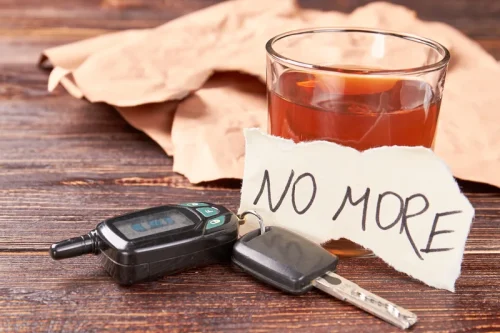
This activity reviews the definition and diagnosis of AUD and the available evaluation and evidence-based treatments. Through this course, learners foster effective interprofessional team communication and collaboration to provide holistic care and improve patient outcomes. As mentioned above, long-term overconsumption of alcohol has also been linked to many conditions, including cardiovascular disease; several types of cancer; neurological disorders (including Alzheimer’s disease); and stroke. They can assess whether you have a risky drinking pattern, evaluate your overall health, help create a treatment plan, and refer you to programs or other healthcare providers if necessary. The brain experiences the effects of alcohol right away, resulting in changes in mood, behavior, and judgment.
- What is more, it can sensitize the stress response system so that it overresponds to minimal levels of threat, making people feel easily overwhelmed by life’s normal difficulties.
- Peers play an enormous role in addiction susceptibility, especially among teens and young adults; most people use drugs for the first time as teenagers.
- But treatment and support are available to help those suffering begin to heal.
- We’re here 24/7 to help guide you or your loved on through rehab and recovery.
- But many people in recovery show improvements in memory and concentration, even within the first month of sobriety.
As a result, this makes them more susceptible to developing an addiction. There has been increasing interest in studying psychedelic and meditation-based interventions in recent years, for mental health issues and as tools for understanding the mind. For more information on symptoms, causes, and treatment of alcohol use disorder see our Diagnosis Dictionary.

In a modern industrial community, this makes alcoholism similar to a disease. In a rural Andean society, however, the periodic drunkenness that occurs at appointed communal fiestas and results in sickness and suspension of work for several days is normal behaviour. It should be noted that this drunkenness at fiestas is a choice and does not produce regret. If the sociological model were entirely correct, alcoholism should often be expected to disappear with maturation as is the case with many other symptoms of social deviance.

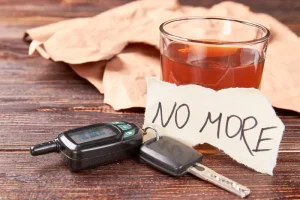
Cocaine processed so that it can be smoked, it enters the blood stream rapidly and produces a rapid “rush” of a high; the immediate response https://ecosoberhouse.com/ becomes powerfully reinforcing, driving the motivation to repeat the experience. The synthetic stimulant methamphetamine is widely considered one of the most addictive agents. Often inhaled, it directly affects the dopamine and other neurotransmitter systems system to produce an extremely fast and intense—but short-lived—high, with an altered sense of energy and power. Further, by changing the responsiveness of dopamine receptors, methamphetamine blunts the experience of reward from normal sources of pleasure. American Addiction Centers (AAC) is committed to delivering original, truthful, accurate, unbiased, and medically current information. We strive to create content that is clear, concise, and easy to understand.


